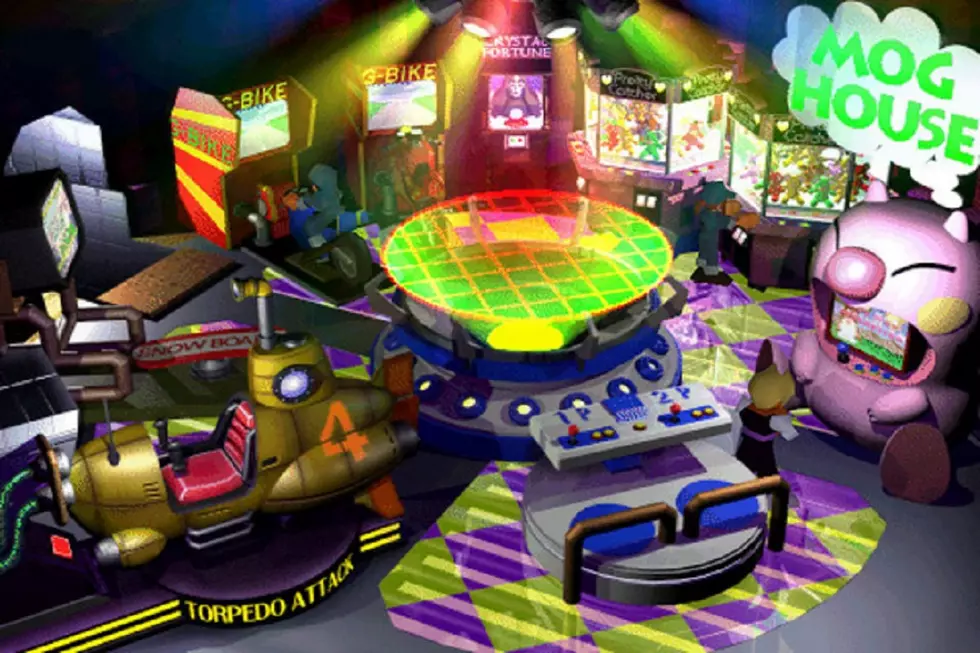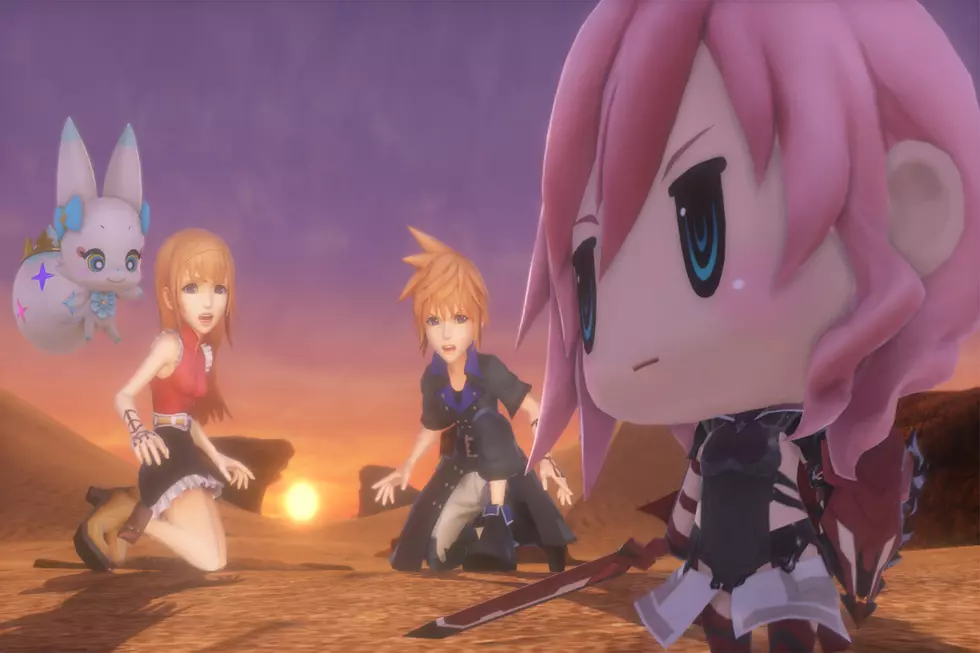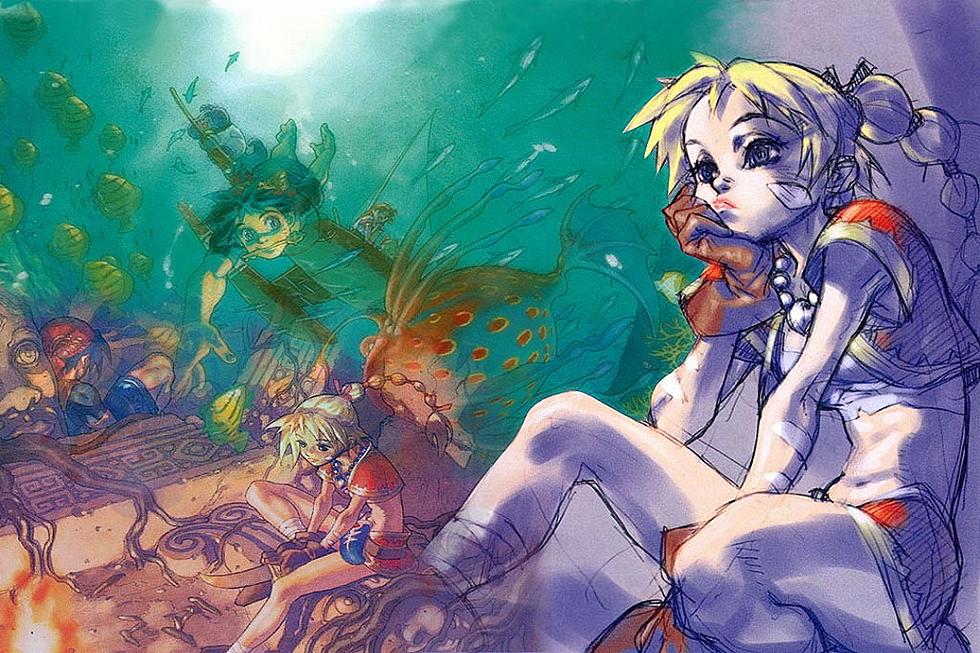
Clearing the Mist: Final Fantasy IX Turns 15
Fifteen years ago, Square released its ninth Final Fantasy game in North America. It's time we look back at this stellar and criminally overlooked classic of the franchise. Square may have developed Final Fantasy IX alongside Final Fantasy VIII, but the two were quite different. While the emo Squall, Quistis and the rest of the time-travelling SeeDs had more realistic designs, the characters and world of Final Fantasy IX stayed in line with the more traditional art style of Final Fantasy's disproportionate body types.
Sure, Squall's crew was more realistic-looking than the blocky, deformed models in Zidane and Cloud's posses, but that doesn't mean that Final Fantasy VIII or even Final Fantasy XII were better games just because their characters were "normal"-looking.
Surprisingly, Final Fantasy IX was developed in Hawaii as a half-way point between the North American and Japanese members of Square during that time. Series creator Hironobu Sakaguchi, who produced and wrote FFIX, intended it to be as close to the series' roots as possible. While Final Fantasy VII and VIII kept things industrialized and made its plot mature with the themes of psychology and love, FFIX took things back to a more simple premise: collecting crystals, rescuing a princess and saving the world. This doesn't mean that Final Fantasy IX's plot or storyline is simple or childish by any means, but that this was a change of pace and an attempt to render the series' original style using the technology available at the time. As a result, Final Fantasy IX dropped the futuristic settings of its recent predecessors and went back to medieval times where steam/mist power was just being discovered. Final Fantasy IX's story and designs paid homage to the older games of the series, and its cast had vibrant, animated and unique characters, each oozing personality.
Final Fantasy IX's main character is Zidane, a bandit hired to kidnap Princess Garnet of Alexandria, who is also a Summoner. It turns out that Garnet was actually running away from her war-mongering mother, Queen Brahne, who went to war with the other nations of the world in search of power (in typical Final Fantasy fashion, she was being manipulated by the main villain of the game, Kuja). Garnet was being followed by her loyal guard, Steiner, who questions his service in the face of the Queen's senseless thirst for power. Along the way, they find Vivi, a Black Mage whose peers are soulless, mindless slaves of the Queen. The group is eventually joined by Freya the Dragoon, Quina the Blue Magic-using Qu, Eiko the Summoner and Amarant the Bounter Hunter. Each of these characters are interesting in their own ways and brings different abilities to battle, such as Zidane's faster turns and ability to pilfer items, Vivi's offensive magic, and Quina's enemy skills. Even better, these characters all show signs of character development, such as Steiner coming to terms with who he is as a Knight Captain and Vivi questioning the meaning of his existence after seeing how the other Black Mages of the world were being made.
FFIX's world was diverse and filled with imaginative sights and sounds. Even its world map, which was a downsized representation of the globe (we hope future JRPGs bring these back), was awesome due to the inclusion of the mist, which often contained monsters and often induced combat. The game let you use chocobos, boats and airships to traverse the world, once you unlocked them. Instead of the Draw or Materia systems, the characters would permanently learn skills, traits or spells based on the equipment they were wearing, which would have you purposely seeking out every piece of armor and weapon you could find to make sure your party members had access to as many abilities as possible. Sometimes, you had to wear gear with lesser, undesirable stats in order to slowly learn some special ability you wanted to gain. While FFIX's Tetra Master card mini-game wasn't as prevalent as Triple Triad was in FFVIII (which perhaps had too much of a focus), it was still fun and addictive to play.
Final Fantasy IX is an unforgettable journey and will always be remembered as one of our favorite role-playing games on the Sony PlayStation. In a proper return to form, Final Fantasy reminded us why it's still at the top of the genre, even when it returns to its roots. FFIX reminds us that the "realism" of a role-playing game's graphics don't matter as long as the world and characters themselves are believable and, more importantly, memorable.
More From Arcade Sushi




![Final Fantasy XV Feels Familiar and Foreign at Once [NYCC 2016]](http://townsquare.media/site/550/files/2016/10/ffxv.jpg?w=980&q=75)
![World of Final Fantasy’s Old-School Charm Brings Square Enix Back to Its Roots [NYCC 2016]](http://townsquare.media/site/550/files/2016/10/world-of-final-fantasy.jpg?w=980&q=75)



